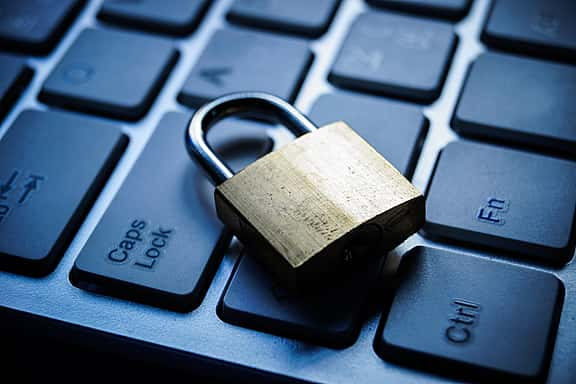Digitalisation and how the threats have accelerated
Our reliance on technology was already significant and growing but the pandemic marked the beginning of a significant acceleration. A large proportion of our routine daily activities were forced to move online more or less overnight. From working to learning, to shopping and exercise classes! Cyberspace is very much a space owned, operated and influenced by us all. And because it is a shared space, we have slightly different ways of using it. This presents us with a number of risks and reminds us of just how important it is to ensure that we all remain safe and alert.
In April 2023, the UK Government Cyber Security Breaches Survey revealed that 32% of businesses and 24% of charities overall had suffered a cyberattack in the last 12 months. It was reported to be the highest amongst medium-sized businesses (59%), large businesses (69%), and high-income charities with annual income over £500,000 (56%). For medium and large businesses, the average cost of a cyberattack was approximately £4,960.
Implement a plan before it’s too late
“50% of UK senior executives say they react to a disruption by invoking plans after an incident … instead of taking a preventative and anticipatory approach that assumes incidents will occur and embedding resilience capabilities to withstand disruption.”
PwC, Cyber Security Outlook 2023
Unfortunately, many business leaders admit that they only regularly review and implement an up-to-date cybersecurity plan following an incident. Businesses need to have up-to-date procedures and controls in place as part of their strategy. The role that their employees play is particularly important because they are the first line of defence and the most vulnerable. Therefore, training them on what to look out for and how to report anything suspicious is critical.
Types of cyberattack
The level of sophistication that cyber criminals are using is increasing and is constantly evolving, preying fundamentally on human behaviour. Here are some examples of cyberattacks.
Ransomware
This is a type of malware designed to lock you out of your computer systems through encryption. The perpetrator then demands a ransom payment to give you the decryption key. In some ransomware attacks, data may also be stolen.
Impersonation fraud
Warn employees to be vigilant and aware of emails requesting payments, even if the source is someone in their own organisation.
Known as phishing emails, the content may appear completely logical and trustworthy. But the aim of the cyber criminals behind them is to use social engineering tactics to trick people into giving up sensitive information such as bank login details, or other critical account details.
Vishing is voice phishing when criminals appear to be calling from a legitimate organisation and trick their victims into divulging private personal data.
Everyone needs to be hyper-vigilant and aware of the lengths criminals will go to.
What should you do?
Don’t think it won’t happen to you! Always ensure your firewalls and software are up-to-date. Provide robust training for employees and implement an incident and crisis plan. Knowledge is also power so sign up for a free service such as Action Fraud Alert.
They will send you information about scams and fraud in your area by email, recorded voice and text message. You can also report cybercrime and get advice if you or your business are a victim of an attack.
How can leasing from grenke enhance your cybersecurity?
Keeping your technology up-to-date is an effective way of shoring up your cybersecurity. The risk and the potential impact of a cyberattack and too high to be ignored. So, upgrade the legacy technology that you have perhaps acquired over a period of time. Asset Finance can help make the cost of doing this more manageable instead of an outright purchase. From IT hardware to smart technology we can help you with flexible finance options tailored to the needs of your business.


